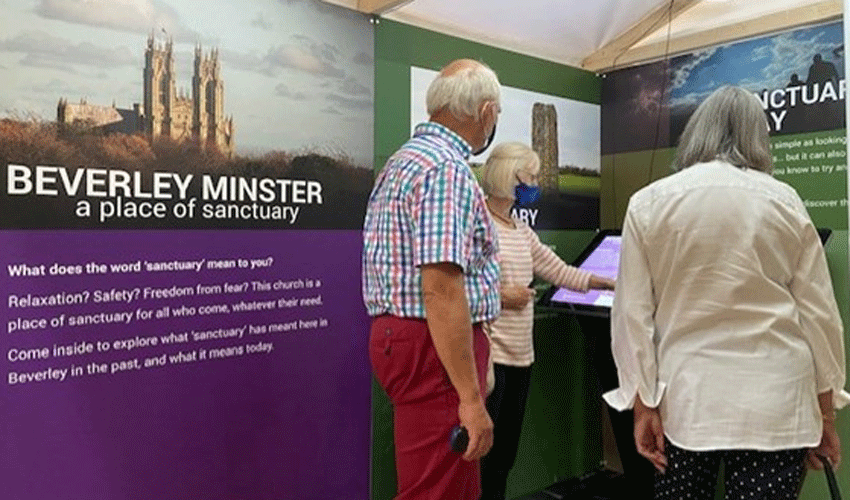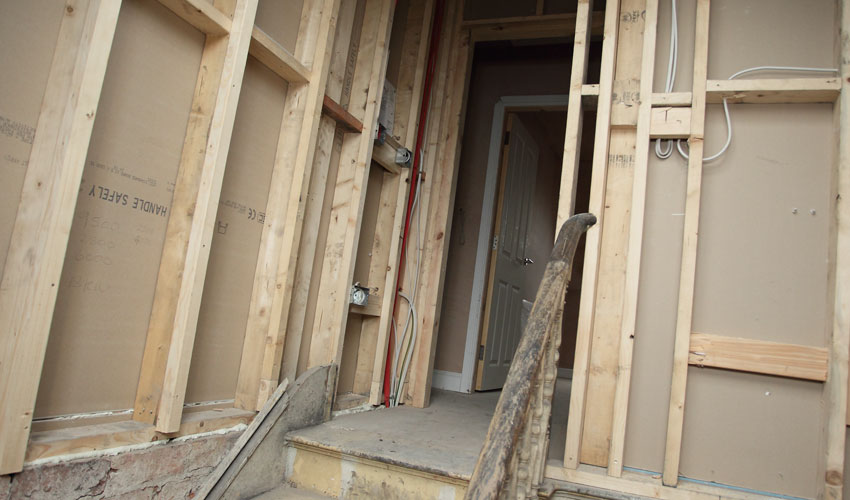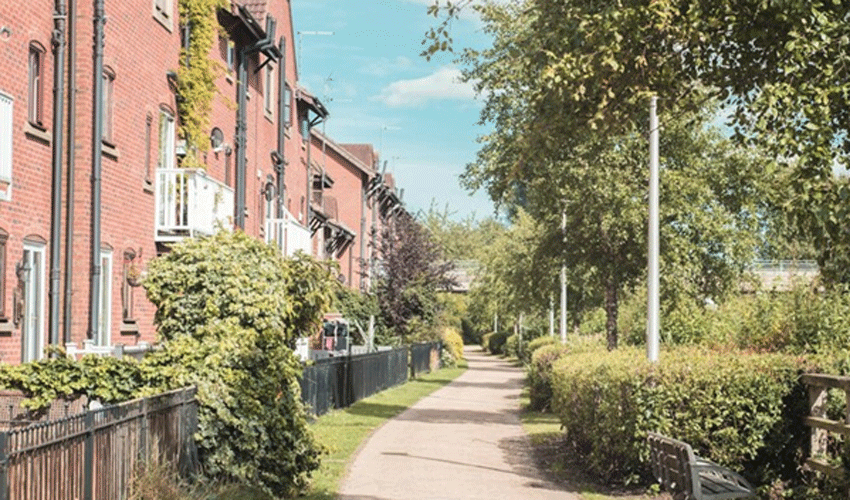
A celebration is being held in Beverley Minster on Sunday 12 September to mark the opening of an exhibition to highlight the Minster’s historic role in providing sanctuary and relating that to what sanctuary means for people today.
The exhibition and associated digital and print content explore the real stories of sanctuary seekers past and present and includes moving modern testimonies as well as dramatised historical accounts.
Beverley Minster was known throughout the land in historic times as a place where those seeking a safe haven from mob justice or family vengeance for alleged crimes such horse theft, coining and cullying (the present-day equivalents of car stealing, forging and debt) could seek sanctuary and plead their innocence.
Fugitives who reached a two-mile limit around the Minster were able to claim that sanctuary under special privileges afforded to it as one of the premier churches in the north of England at the time under laws originating from AD693. That two-mile sanctuary boundary was marked by stones on the town’s major approaches, three of which are still in place today – at Walkington, Bentley and Bishop Burton. Hefty fines which increased the nearer to the Minster you got were payable if a pursuer tried to intervene once the ‘fugitive’ had crossed that boundary. Unusually, some people could choose to live out their lives within the town’s boundaries in return for immunity from prosecution.
The exhibition includes information on how the Minster’s unusually extensive sanctuary role came about, how it worked and why and when it ended. It also includes digital copies and interpretation of pages from the ‘Sanctuary Book’ itself – a register from the late fifteenth to early sixteenth centuries of the name of those afforded sanctuary and their alleged misdemeanours, the original of which is housed in the British Library.
Several short dramatised films have been commissioned about some of the sanctuary seekers who came to Beverley in the 15th Century. These feature in the exhibition as well as on the associated touchscreens.
The exhibition, touchscreens and online content has been created by the Centre for the Study of Christianity and Culture (part of The University of York) and is part of the various activities are underway at Beverley Minster thanks to a grant of £406,700 from The National Lottery Heritage Fund as part of a project to tell its remarkable story of Sanctuary.
The Sanctuary project will help tell afresh to the present generation the Minster’s historic and nationally significant story of providing a right of sanctuary to those who could be, in those days, subject to mob justice or family vengeance. Crucially it also invites us to reflect on the reasons people seek sanctuary today and to reflect on our attitudes towards them.
Funds raised by National Lottery players and granted by The National Lottery Heritage Fund have also contributed to the restoration of the Minster’s Lesser South Transept roof.
The works have involved re-leading the roof, repairing the roof timbers, conserving crumbling stonework and improving the lead gutters. That first stage of the restoration of the Minster’s fabric is now complete.
Commenting on the opening of the exhibition, Reverend Canon Jonathan Baker, vicar of Beverley Minster, said;
“The Minster is delighted to celebrate the opening of this moving and thought provoking display, which is a key element in the Minster raising awareness of sanctuary both in past and present times and help people appreciate the building’s heritage. We are thrilled to have received this support thanks to National Lottery players, the Beverley Minster Old Fund and the Friends of Beverley Minster.”
Dr Louise Hampson, Research Fellow at The Centre for the Study of Christianity and Culture, said:
“Telling Beverley’s exceptional sanctuary story and bringing it alive for people today has been a real challenge which we have very much enjoyed. The medieval story is fascinating but can seem remote so we have looked for contemporary connections and relevance to modern life.”
“We were also keen to explore the wider issues around the modern sanctuary, and we were very privileged to be able to talk to some Syrian refugees who generously shared their experiences, their hopes and their resettled lives in East Yorkshire. It takes the exhibition from being just a heritage experience into a deeper and more thought-provoking look at our past and our shared present.”












